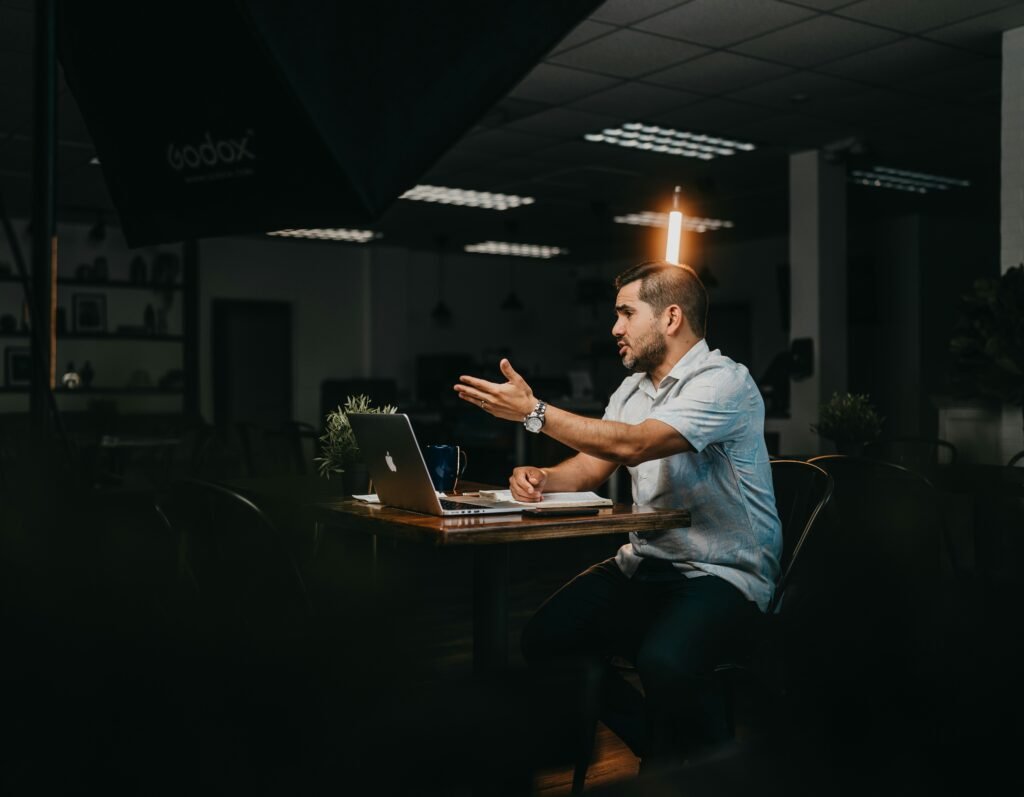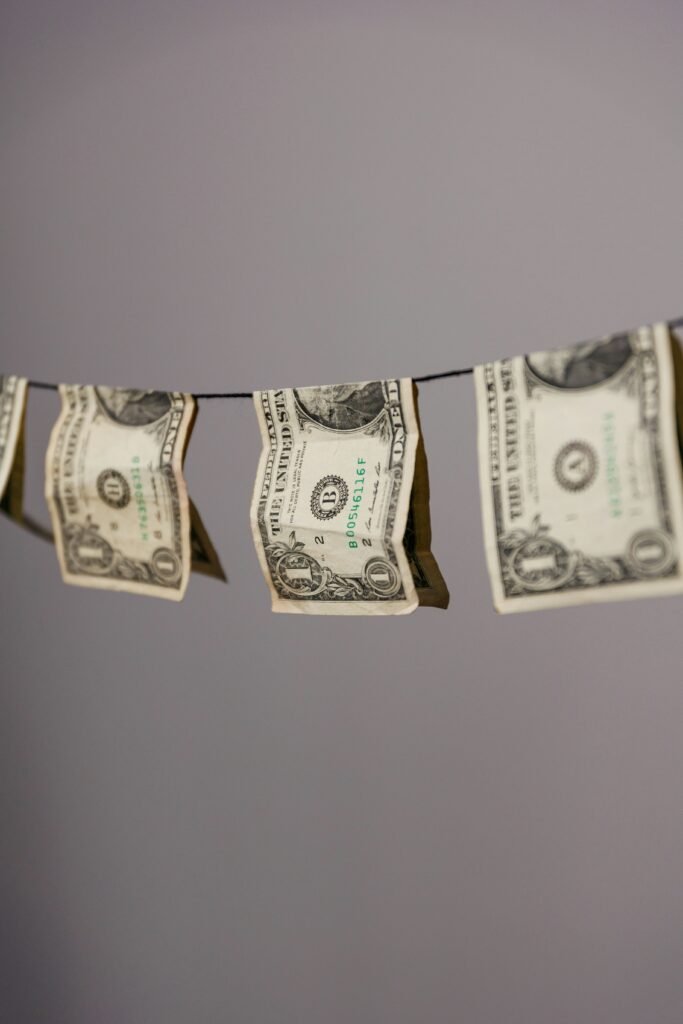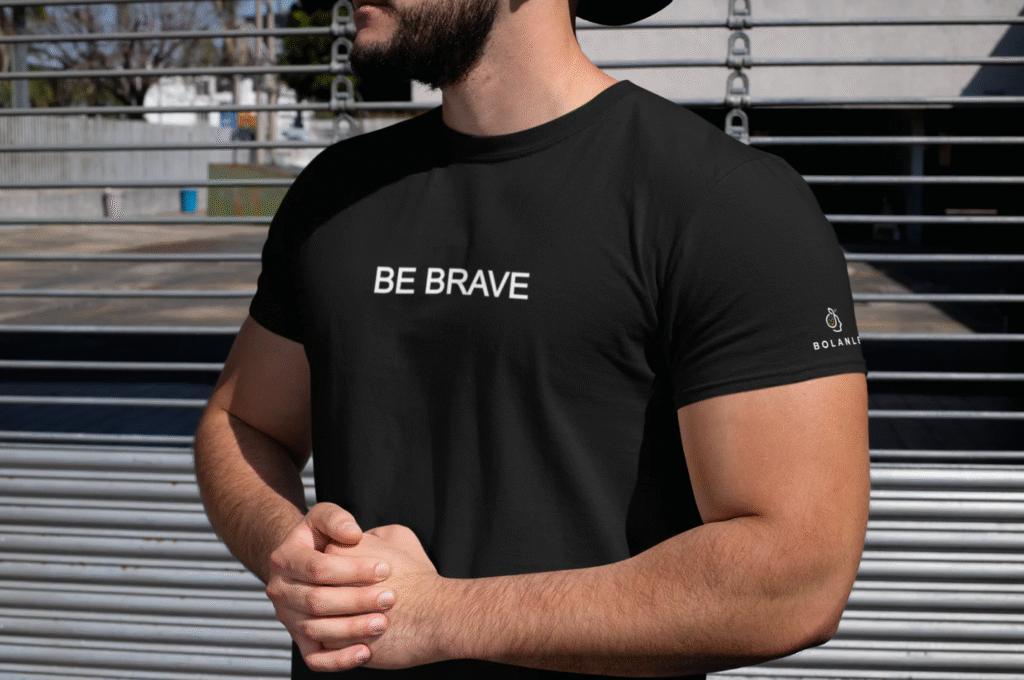When it comes to being rich, location matters.
That’s because the amount of income you need to be in the top 1% of earners can vary by more than a half million dollars depending on which U.S. state you live in, according to a new analysis by personal finance website SmartAsset, which analyzed 2020 IRS data, adjusted to 2023 dollars.
Below is a list of household incomes needed to be part of the top 1% in each state, ranked from the highest threshold to the lowest:
1. Connecticut
- Top 1% income threshold: $952,902
2. Massachusetts
- Top 1% income threshold: $903,401
3. California
- Top 1% income threshold: $844,266
4. New Jersey
- Top 1% income threshold: $817,346
5. Washington
- Top 1% income threshold: $804,853
6. New York
- Top 1% income threshold: $776,662
7. Colorado
- Top 1% income threshold: $709,092
8. Florida
- Top 1% income threshold: $694,987
9. Illinois
- Top 1% income threshold: $660,810
10. New Hampshire
- Top 1% income threshold: $659,037
11. Wyoming
- Top 1% income threshold: $656,118
12. Virginia
- Top 1% income threshold: $643,848
13. Maryland
- Top 1% income threshold: $633,333
14. Texas
- Top 1% income threshold: $631,849
15. Utah
- Top 1% income threshold: $630,544
16. Minnesota
- Top 1% income threshold: $626,451
17. Nevada
- Top 1% income threshold: $603,751
18. South Dakota
- Top 1% income threshold: $590,373
19. Pennsylvania
- Top 1% income threshold: $588,702
20. North Dakota
- Top 1% income threshold: $585,556
21. Georgia
- Top 1% income threshold: $585,397
22. Oregon
- Top 1% income threshold: $571,813
23. Arizona
- Top 1% income threshold: $564,031
24. Idaho
- Top 1% income threshold: $560,040
25. North Carolina
- Top 1% income threshold: $559,762
26. Montana
- Top 1% income threshold: $559,656
27. Kansas
- Top 1% income threshold: $554,912
28. Rhode Island
- Top 1% income threshold: $548,531
29. Tennessee
- Top 1% income threshold: $548,329
30. Alaska
- Top 1% income threshold: $542,824
31. Nebraska
- Top 1% income threshold: $535,651
32. Delaware
- Top 1% income threshold: $529,928
33. Vermont
- Top 1% income threshold: $518,039
34. Wisconsin
- Top 1% income threshold: $517,321
35. South Carolina
- Top 1% income threshold: $508,427
36. Michigan
- Top 1% income threshold: $504,671
37. Maine
- Top 1% income threshold: $502,605
38. Missouri
- Top 1% income threshold: $500,626
39. Ohio
- Top 1% income threshold: $500,253
40. Hawaii
- Top 1% income threshold: $495,263
41. Iowa
- Top 1% income threshold: $483,985
42. Indiana
- Top 1% income threshold: $473,685
43. Alabama
- Top 1% income threshold: $470,341
44. Oklahoma
- Top 1% income threshold: $460,172
45. Louisiana
- Top 1% income threshold: $458,269
46. Arkansas
- Top 1% income threshold: $450,700
47. Kentucky
- Top 1% income threshold: $445,294
48. New Mexico
- Top 1% income threshold: $411,395
49. Mississippi
- Top 1% income threshold: $381,919
50. West Virginia
- Top 1% income threshold: $367,582

















































